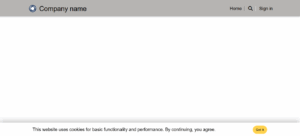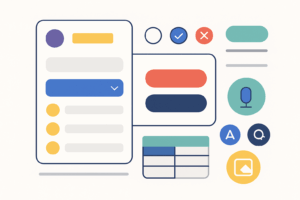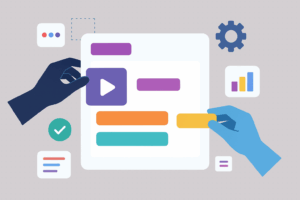7 Essential Power Platform Tips Every Pro Should Know
The Microsoft Power Platform has become a cornerstone in today’s enterprise application landscape. Whether you’re building apps with Power Apps, automating tasks with Power Automate, managing your data in Dataverse, or orchestrating smart flows with Copilot Studio — the possibilities are endless. But how do you truly make the most of it?
Here are 7 practical, real-world tips that can make your work easier, faster, and more effective.
1. Use Collections Smartly in Power Apps
The Microsoft Power Platform has become an essential part of the modern enterprise application landscape. Whether you’re building apps with Power Apps, automating processes with Power Automate, storing data in Dataverse, or building smart agents with Copilot Studio, the platform offers incredible flexibility. But how do you make the most of it?
Here are 7 practical tips that I’ve gathered from real-world projects.
ClearCollect(MySelectedContacts, Filter(Contacts, ID in SelectedIDs));You can use this collection for filtering, displaying, or even bulk updating records efficiently.
2. Avoid Trigger Loops in Power Automate
Using Dataverse triggers like When a row is updated? Be careful not to create infinite loops by updating the same record again.
Solution:
- Add a trigger condition or column filter
- Use a custom flag or timestamp to indicate processed changes
3. Add “Select All” to Combo Boxes
Power Apps combo boxes don’t include a native “Select All” option. You can add a toggle button that selects all items:
UpdateContext({AllSelected: !AllSelected});
If(AllSelected, UpdateContext({MyComboSelection: Choices(MyTable.MyField)}), Clear(MyComboSelection))Simple and effective.
4. Working with Web API in Power Pages? Don’t Forget the Anti-Forgery Token
When calling the Web API in Power Pages, always include the __RequestVerificationToken in your headers.
var token = $("input[name='__RequestVerificationToken']").val();Add it to your fetch() or XMLHttpRequest headers to avoid authorization errors.
5. Role-Based Visibility with Power Fx
Want to conditionally show or hide fields based on the user’s role? Here’s a basic example:
If(User().Email in ["admin@domain.com", "manager@domain.com"], true, false)For advanced scenarios, you can query Dataverse for role memberships using lookups.
6. Handle Payload Limits in Copilot Studio
Copilot Studio has a max payload limit (e.g., 450 KB). If your flows return large JSON or allow file uploads:
- Add file size validation in Power Automate
- Use summarization logic before sending large outputs to the agent
7. Pass Context via Record ID to Custom Pages
When opening a custom page from a model-driven app, the supported way to pass context is by referencing an existing Dataverse record:
Xrm.Navigation.navigateTo({
pageType: "custom",
name: "mypage_name",
entityName: "account",
entityId: "YOUR-GUID-HERE"
});Inside your custom page, you can use this record to dynamically load content or drive logic — for example, prefiltering data, showing a user profile, or editing a configuration.





